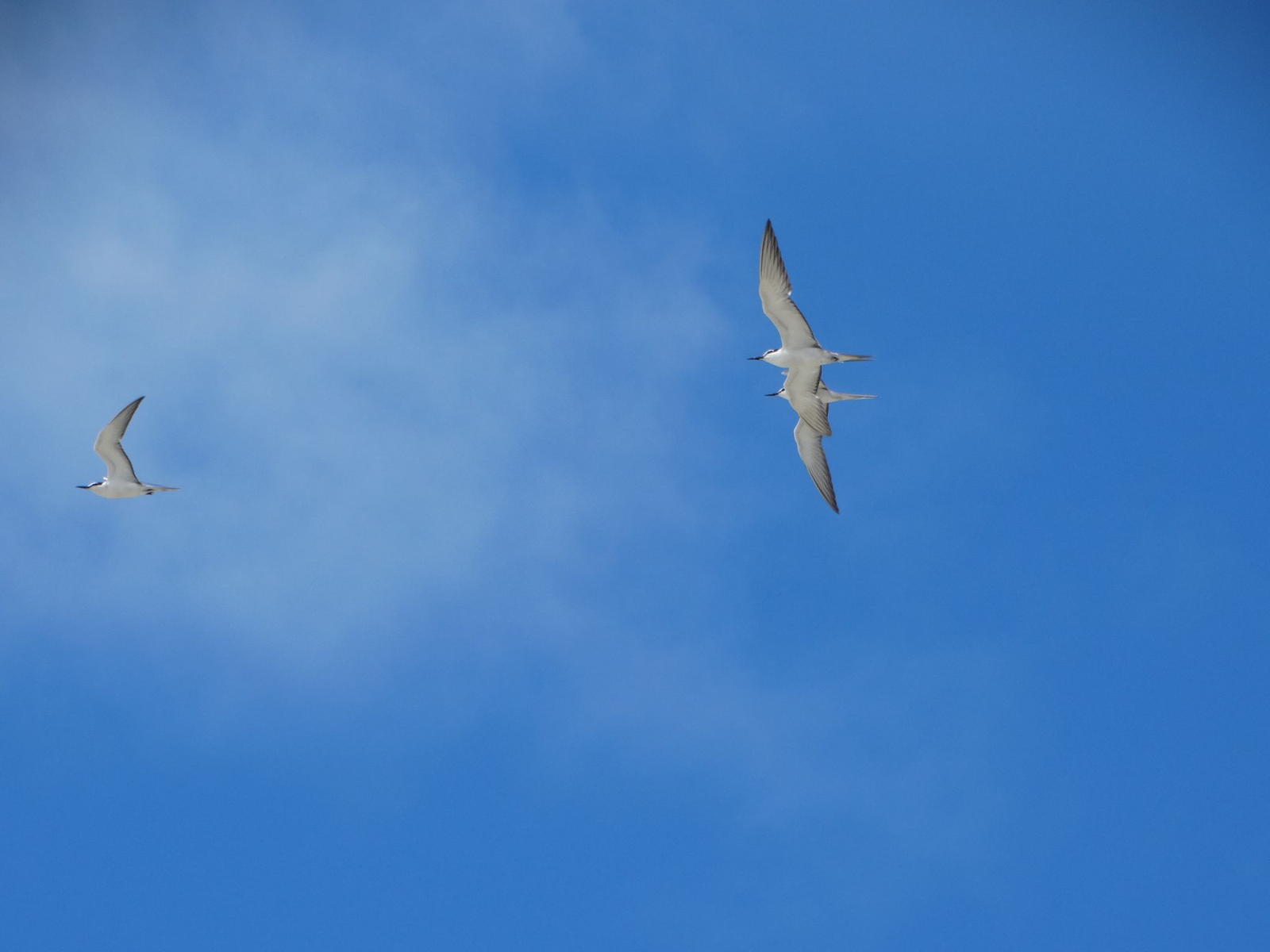Global temperature will rise far faster than current UN estimates, even if we don’t keep
dumping carbon dioxide into the atmosphere. A lot of the projected heating is
already baked in.
That will lead to temperatures higher than the human race
has experienced in its few hundred thousand years of existence, according to new
research published in June 2024.
For coastal areas like the Hawaiian Islands, that also means
dramatic changes in sea level estimates. Changes in terms of several feet
rather than inches. In some areas, even rock walls won’t protect from that.
Retreat to higher ground may be the only option. The cost, for low-lying
facilities like airports, harbors, resorts and high-end beach communities may
be unsupportable.
Here’s the threat, in jargon:
“We calculate average Earth system sensitivity and
equilibrium climate sensitivity, resulting in 13.9 °C and 7.2 °C per
doubling of pCO2, respectively. These values are significantly higher than IPCC
global warming estimations, consistent or higher than some recent
state-of-the-art climate models, and consistent with other proxy-based
estimates.” (Those numbers in Fahrenheit are 25 and 13 degrees.)
That quote is from a paper by a team of Dutch and British researchers
who tracked global temperatures against atmospheric carbon dioxide over 15
million years, using proxy sources including deep ocean core samples.
You can read what the journal Phys.Org wrote about the paper, in plainer language, here.
The authors are Caitlyn R. Witkowski, of the Department of
Marine Microbiology and Biogeochemistry at the Royal Netherlands Institute for
Sea Research, and Anna S. von der Heydt, Paul J. Valdes, Marcel T. J. van der
Meer, Stefan Schouten and Jaap S. Sinninghe Damsté.
Another team last year had more modest estimates, but they were still higher than those of the Intergovernmental Panel on Climate Change. They argued that doubling CO2 could result in 5-8 degrees Centigrade in warming, or 9-14 degrees Fahrenheit.
Carbon dioxide in the atmosphere has gone up 30 percent in
just the last 60 years or so, according to Keeling Curve records at Mauna Loa
on Hawai`i. Before the Industrial Age, there were 280 parts per million CO2 in
the atmosphere. That number now is 419. That’s a 50 percent increase. And it
continues to rise faster.
The CO2 numbers are the catalyst for catastrophic change.
There is an estimated 50-year lag between when the CO2 enters the atmosphere and when the temperature responds.
So it’s going to keep getting hotter for generations, based
on what we’ve already done to the atmosphere.
And there is an additional lag between temperature increase
and sea level rise, because of the thermal inertia in melting glaciers and
thermal inertia in the oceans.
What does that mean for my favorite beach, surf break,
coastal restaurant or shoreline hotel?
In the most recent estimates, the best case,
according to an article in MIT’s Climate Portal, is 8 to 20 inches of additional
sea level rise by 2100. That’s still catastrophic for low-lying areas. But the worst
case is six feet.
The National Ocean Service estimates by 2100 we will have between 1 and 8 feet of sea level rise, a little higher at the top end.
CO2 is not only rising, but the rise is accelerating. New data from this month.
Temperature is not only rising, but accelerating.
The melting of Antarctic glaciers is accelerating, too. And another source on that.
Ocean temperature increases are accelerating.
Sea level is not only rising, but the that rise is accelerating.
It’s a bad trajectory, and as a species, we’re not taking it
seriously.
© Jan TenBruggencate 2024



